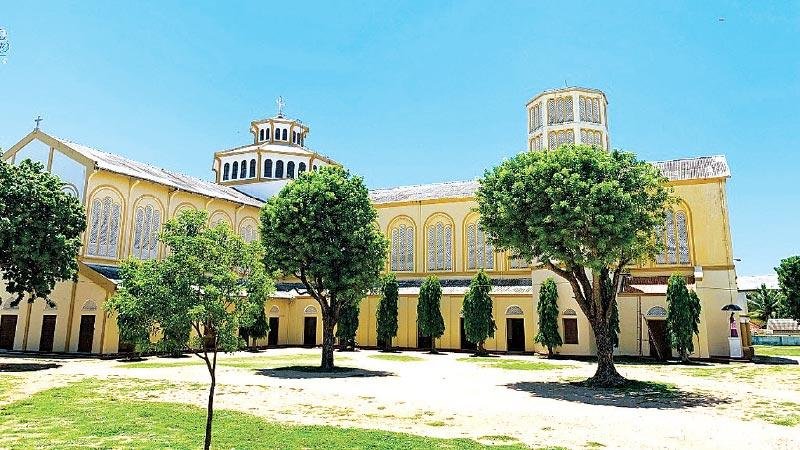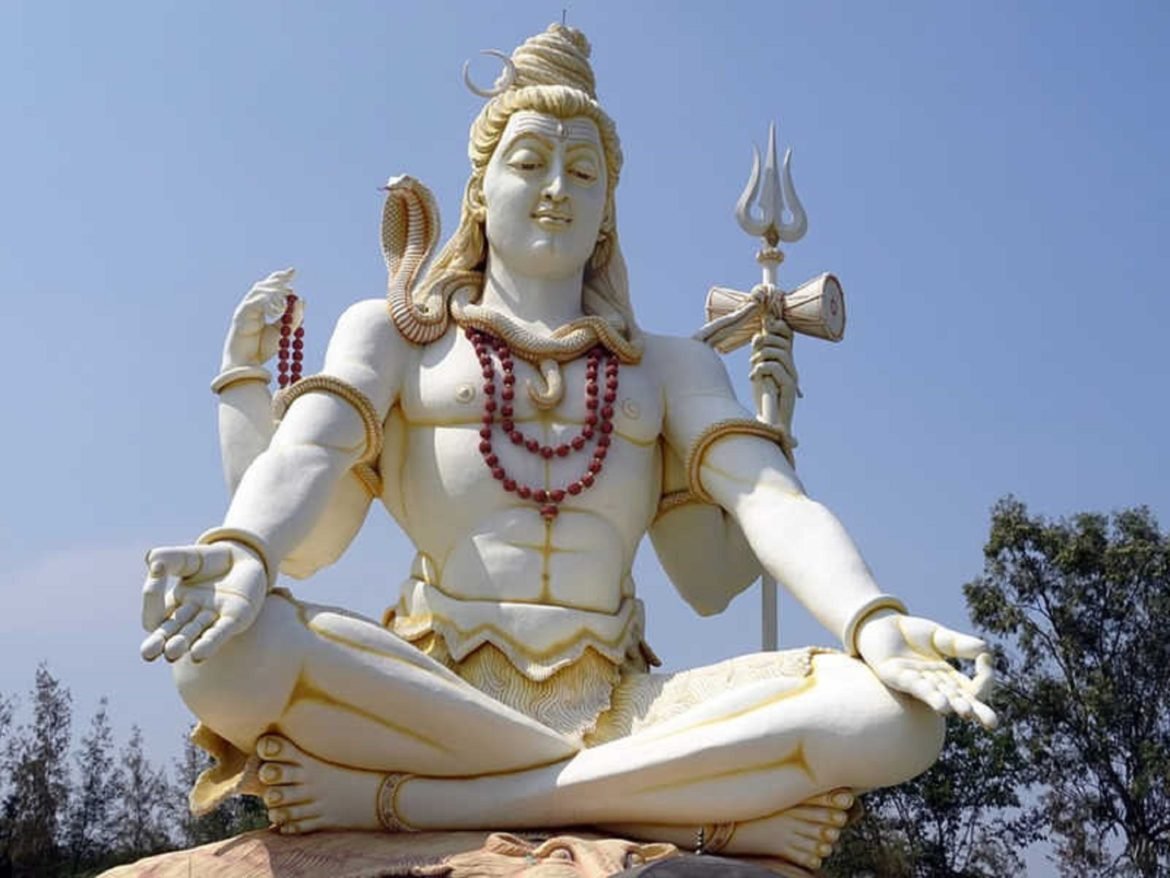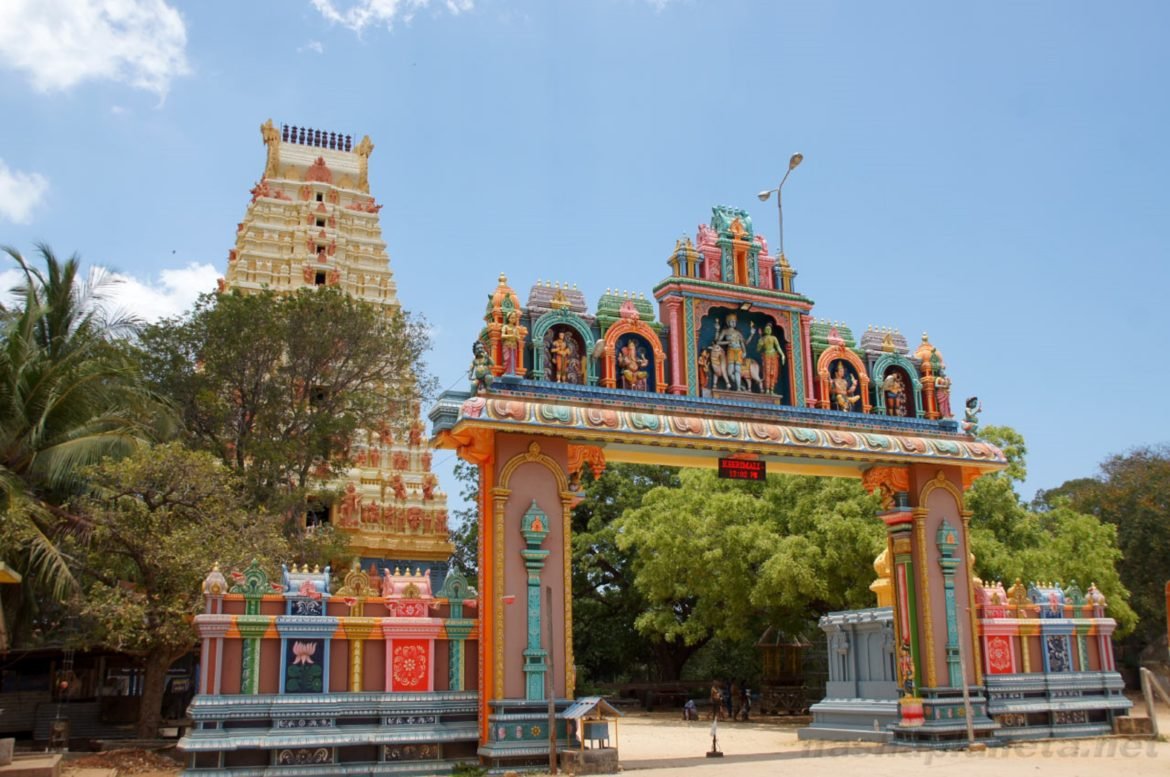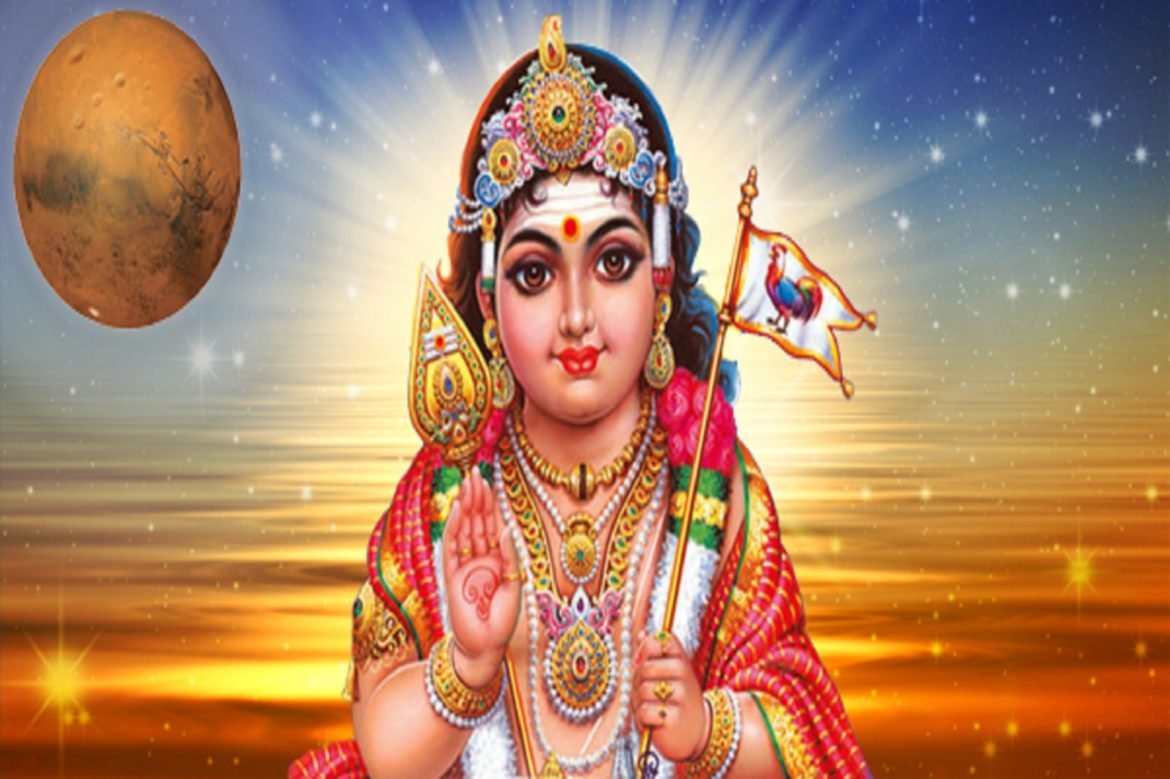Thai Pongal is a multi-day festival celebrated by Tamils in Jaffna on the first day of the Tamil month of Thai. This falls around the 14th of January on the Gregorian Calendar. The festival is dedicated to Sooriyan, the Hindu Sun god, as it is essentially a harvesting festival. The festival marks the end of the winter solstice and the start of the sun’s six-month-long journey northwards when the sun enters the zodiac Makara (Capricorn). Pongal is one of the most celebrated festivals in Jaffna as harvest land makes up most of it. The three days of the Pongal festival are called Bhogi Pongal, Soorya Pongal, and Maattu Pongal. Pongal means ‘to boil and overflow’ and refers to a traditional sweet dish made with rice, milk, and jaggery.
What is special about Pongal?
Thai Pongal, as mentioned above, marks the start of the harvesting season. Therefore, it is also a thanksgiving ceremony as farmers utilise this auspicious day to thank mother nature, the soil, the sun and the farm animals for their assistance in providing a successful harvest. The rest celebrate as a way to thank the farmers for the production of crops. Thai Pongal truly brings all in unison, encouraging social cohesiveness. There is a famous saying in Tamil, “Thai Piranthaal Vazhi Pirakkum,” meaning “the commencement of Thai (the Tamil month) paves the way for new opportunities”, which encourages all to look forward to the coming months.
Customs and Traditions
All Hindus worldwide celebrate this festival of Harvest under different names – Lohri, Makar Sankranti, and Pongal. A lot of customs and celebrations are a part of this traditional festival. During the days leading up to Pongal, families clean up their gardens, make Palakaram (sweet snacks) to enjoy on the auspicious day. The houses are also decorated with banana and mango leaves and embellish the entrance space before homes, corridors or doors with decorative kolams (design made on the ground using coloured flour).
On Pongal day, family members shower early in the morning and wear new clothes. Using three bricks, a firewood heath is set up in the garden outside, exposed to direct sunlight facing the east. A clay pot is then placed on top of the lit fire to make the Pongal. A kolam is put around the firewood heath as decoration. Milk is boiled in the clay and allowed to overflow. As the milk boils, three handfuls of rice, jaggery and other ingredients such as cashew, cardamom, green gram, and raisins are added. As the milk begins to boil and overflow out of the clay pot, a conch is blown, and everyone shouts “Pongalo Pongal” with joy. Sometimes, firecrackers are lit to signify the moment. It is believed that the overflowing of the milk and Pongal symbolises the greater fortunes of the year ahead. Once the Pongal is ready, it is placed on the banana leaf (Padayal) and served to the Sun God, followed by Ganesha and then served to the cows. Simultaneously a prayer is carried out, and then the Pongal is shared among the family starting with the elders first.
Mattu Pongal
Mattu Pongal celebrated the day after Soorya Pongal mainly by the local farmers, is dedicated to the cattle for ploughing the fields and drawing the carts throughout the year. To show gratitude for this invaluable service the animals provide, they are bathed in manjal thanni (turmeric water), decorated with flower garlands and their horns are painted in red, blue, yellow and green. They are also offered a special meal consisting of Venn Pongal (savoury Pongal) and fruits. Kumkumam (Vermillion) is placed on their foreheads and is worshipped by all. Thai Pongal is an occasion for family reunions and get-togethers. Old enmities, personal animosities and rivalries are forgotten








